Kinhtedothi - The policy of rearranging administrative units, moving towards eliminating intermediate levels and merging a number of provinces and cities is attracting great public attention.
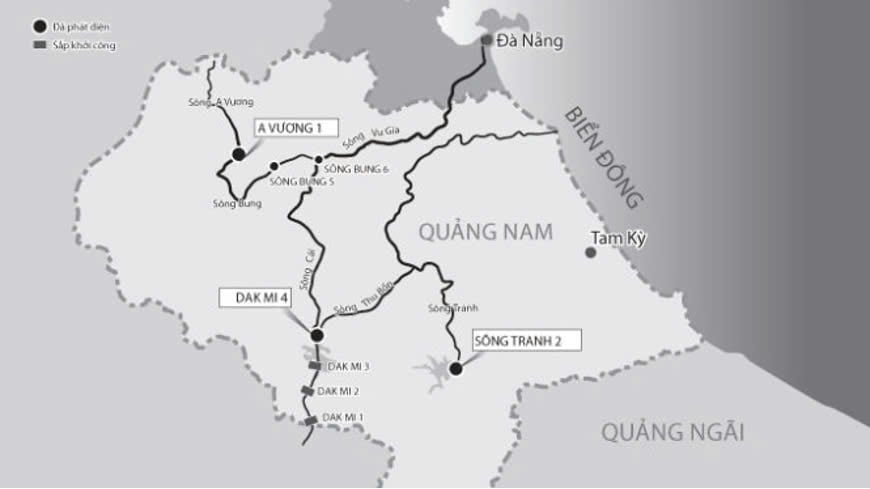
In Conclusion No. 126-KL/TW of the Politburo, the Secretariat emphasized the need to study the orientation of merging a number of provincial-level administrative units, posing the problem of sustainable development and optimizing the state apparatus.
From that perspective, the story of merging Quang Nam and Da Nang was once again brought up for discussion. Although not lacking criteria in terms of area and population, this issue cannot be based on mechanical numbers alone. Behind that decision are strategic calculations on economy, urbanization, administrative management and long-term development of the region.
Lessons from the past: split to develop, merge to break through?
In 1997, Quang Nam and Da Nang were separated to give each locality the opportunity to develop separately. The results showed that Da Nang rose to become a model urban area of the country, while Quang Nam transformed from a purely agricultural province to a locality with a dynamic economy, with strongly developed industrial parks and economic zones.
However, in the past decade, both Da Nang and Quang Nam have faced serious challenges: slow economic growth, a series of violations in land management and urban planning, leading to many officials being caught up in the law. In particular, the separate development between the two localities seems to be creating bottlenecks, dispersing resources instead of complementing each other.
As early as 2018-2019, when Da Nang planned to expand the airport and build Lien Chieu port, while Quang Nam wanted to upgrade Chu Lai to an international airport, there were opinions that this separate investment would disperse resources and not take advantage of regional connectivity. Mr. Nguyen Su, former leader of Hoi An City, once commented: "Quang Nam and Da Nang are originally one. While separation is reasonable, merging is now necessary."
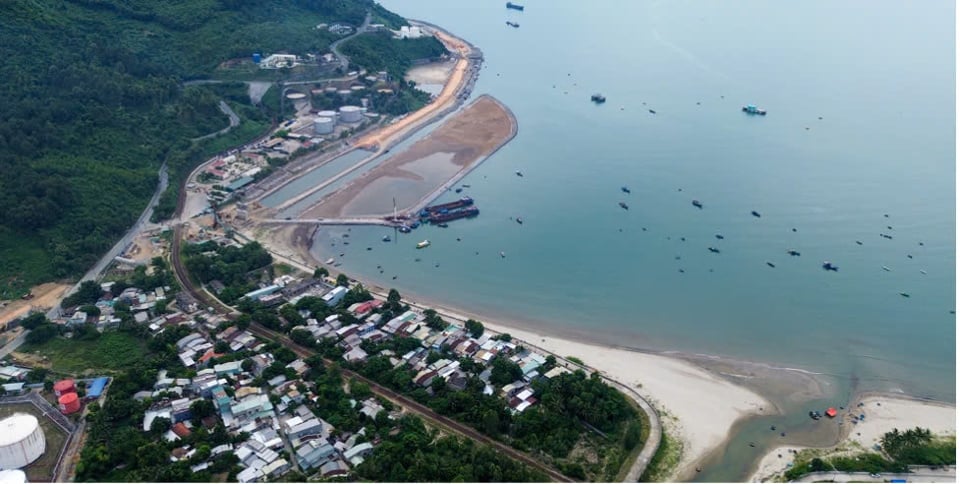
Mergers: the solution to development bottlenecks?
Currently, Da Nang is facing urban overload: traffic jams, lack of water, environmental pollution, landfill overload. With a population of only about 1 million people, Da Nang wants to become a megacity, it must reach at least 4-5 million people. But if it increases mechanically, it will lead to many consequences in terms of housing, employment, social services and pressure on resources.
Meanwhile, Quang Nam, which wants to become an urban area on par with Da Nang, is also facing difficulties due to ineffective land exploitation and unsynchronized infrastructure. If they continue to develop separately, both localities will face a vicious cycle: expanding airports, filling fields to build roads, developing new urban areas but still lacking overall connectivity.
Merging two localities is not only an administrative problem but also a strategy to optimize resources, creating a strong growth pole in the Central region. Da Nang has strengths in urban infrastructure and services, while Quang Nam has a large land fund for developing high-tech industry and agriculture. If scientifically planned, the merger can help solve current bottlenecks and create a new driving force for socio-economic development.
Regarding the merger, Mr. Le Van Dung, Chairman of the People's Committee of Quang Nam province, affirmed his agreement. However, he also emphasized that the implementation must be methodical and scientific, avoiding the simple mechanical assembly thinking, because behind it are thousands of cadres, civil servants, and the aspirations of the people.
“The Central Government’s policy is very clear. Quang Nam cannot sit and wait, but must proactively reform its administration and create favorable conditions to attract investment. We are determined to rectify the staff, end the stagnation, and improve the effectiveness of State management,” Mr. Dung emphasized.
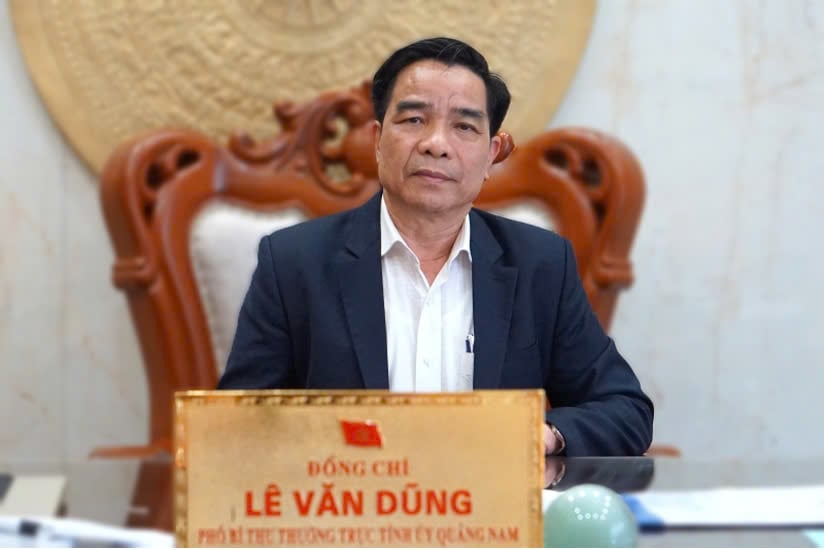
In 2024, Quang Nam achieved a growth rate of 7%, marking a recovery after many years of stagnation. But to break through, the province needs a longer-term strategy, and merging with Da Nang could be a viable solution.
Need a long-term strategy and high consensus
The merger of Quang Nam and Da Nang is not only an administrative issue but also an opportunity to reshape the regional development strategy. However, for this policy to be successful, it requires consensus from the Central Government, local authorities and especially the people.
The “city within a city” model could be a feasible option, with Da Nang playing the central role and Quang Nam becoming a satellite development area with strengths in industry and agriculture. The important thing is to have clear planning, making the most of the advantages of each locality, while ensuring harmony in culture, society and administrative management.
Whether there is a merger or not, the most important thing is still to aim for a common goal: sustainable development, improving people's quality of life and creating a strong economic driving force for the Central region.
Mergers are not about returning to the past, but about seeking a more innovative future.
Source: https://kinhtedothi.vn/lanh-dao-quang-nam-chia-se-ve-kha-nang-tai-sap-nhap-voi-da-nang.html










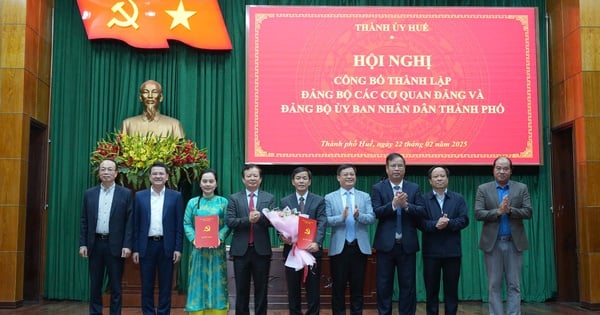

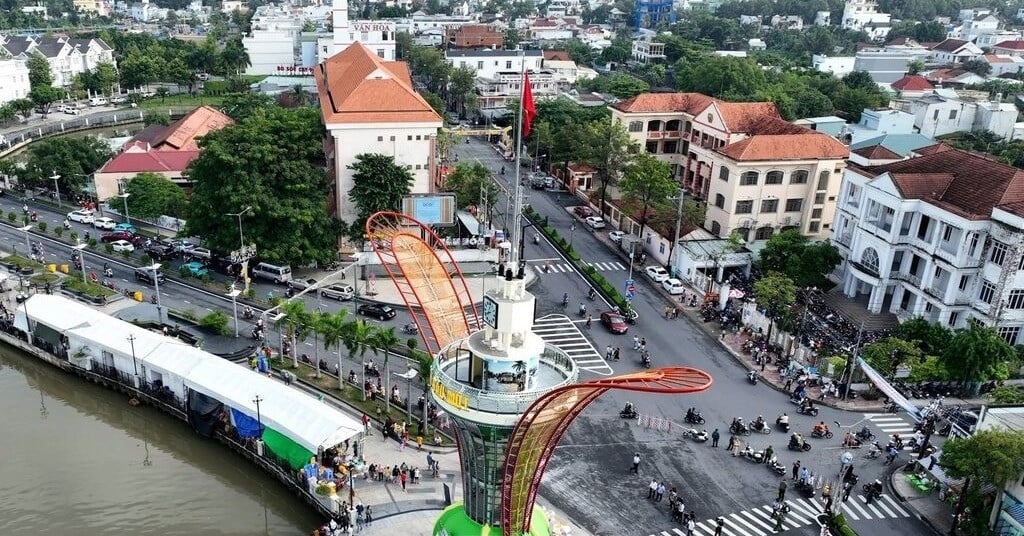






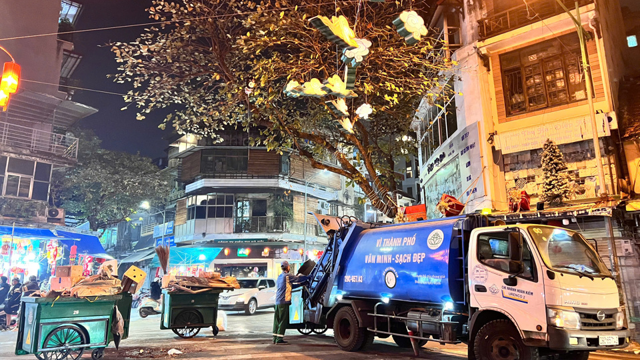
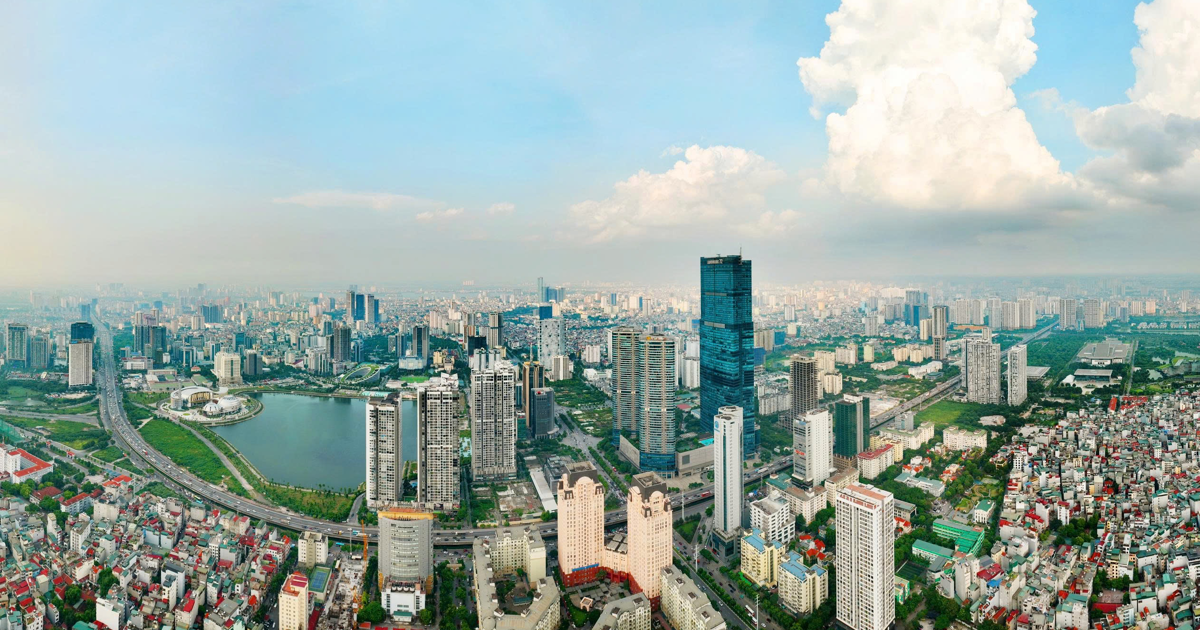
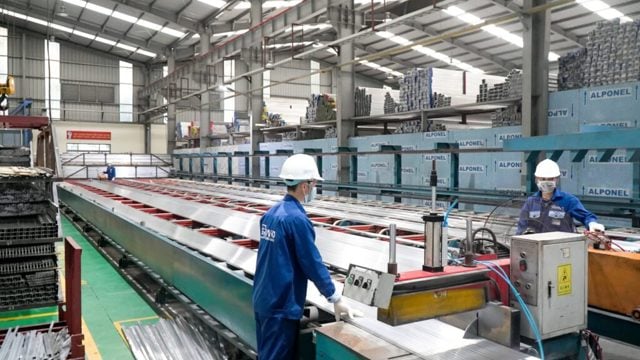












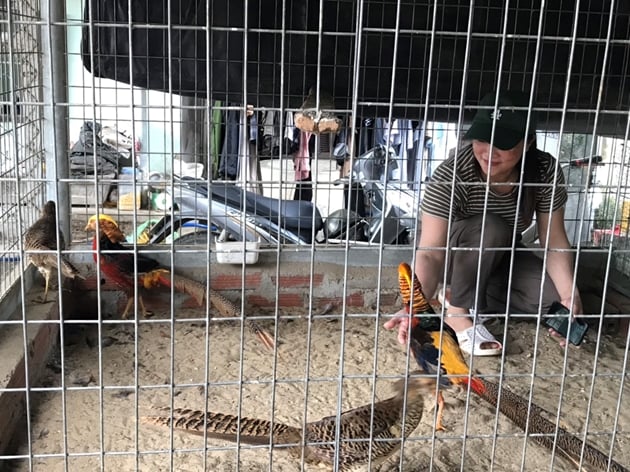



Comment (0)